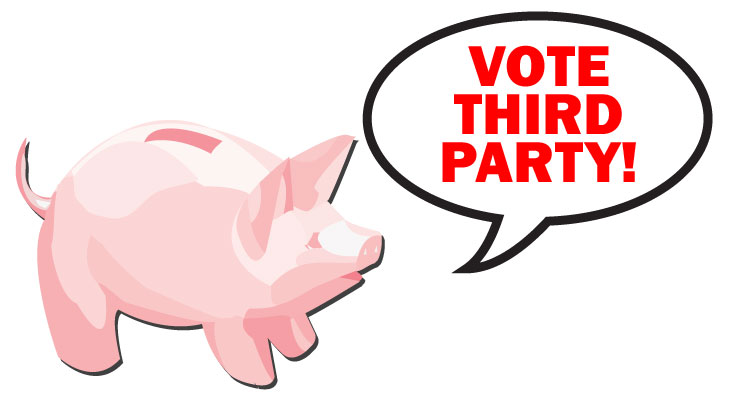 America’s big political parties, the Democratic and Republican parties, may likely be preventing any form of competition against them using various tools, including redistricting. This article by Reid J. Epstein and Nick Corasaniti is published by The New York Times. Here is an excerpt:
America’s big political parties, the Democratic and Republican parties, may likely be preventing any form of competition against them using various tools, including redistricting. This article by Reid J. Epstein and Nick Corasaniti is published by The New York Times. Here is an excerpt:
The number of competitive congressional districts is on track to dive near — and possibly below — the lowest level in at least three decades, as Republicans and Democrats draw new political maps designed to ensure that the vast majority of House races are over before the general election starts.
With two-thirds of the new boundaries set, mapmakers are on pace to draw fewer than 40 seats — out of 435 — that are considered competitive based on the 2020 presidential election results, according to a New York Times analysis of election data. Ten years ago that number was 73.
While the exact size of the battlefield is still emerging, the sharp decline of competition for House seats is the latest worrying sign of dysfunction in the American political system, which is already struggling with a scourge of misinformation and rising distrust in elections. Lack of competition in general elections can widen the ideological gulf between the parties, leading to hardened stalemates on legislation and voters’ alienation from the political process.
Read the full article here.
Leave a Reply